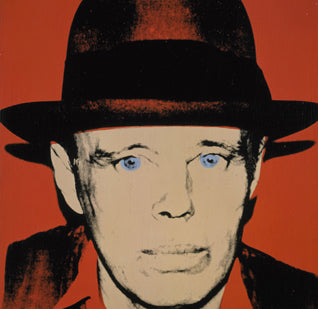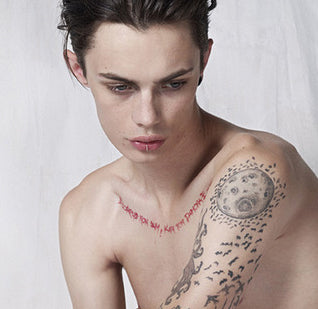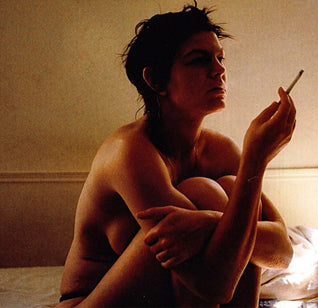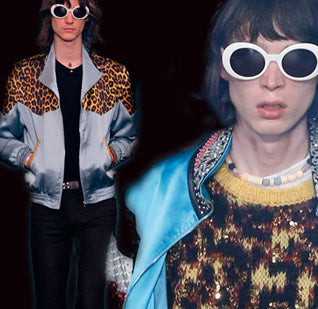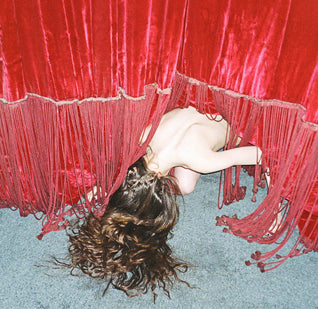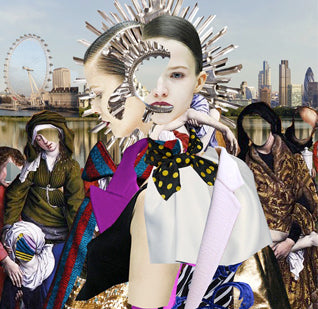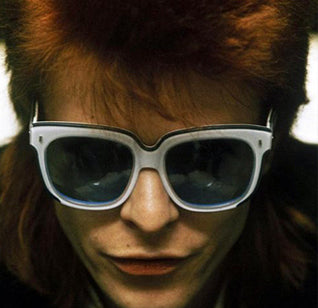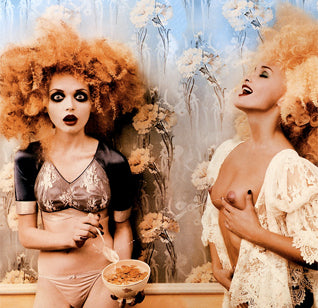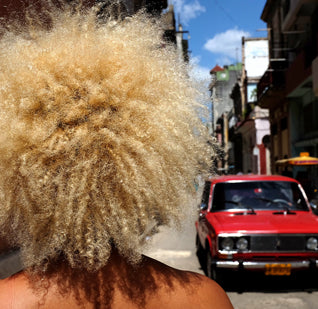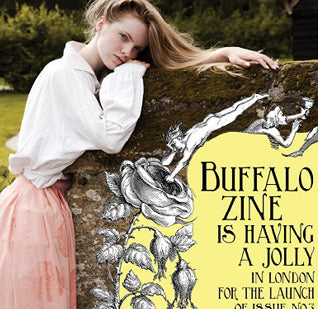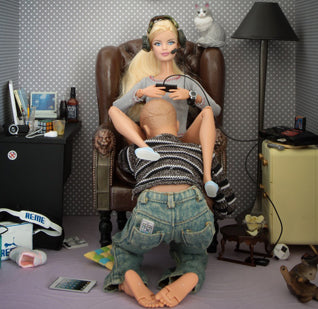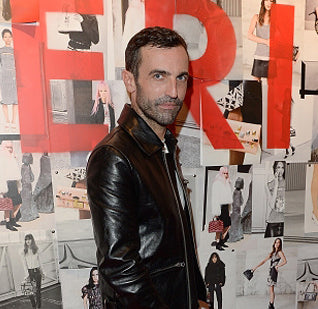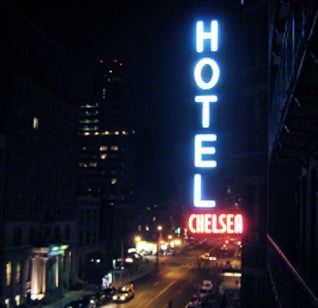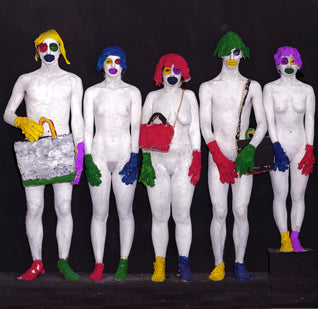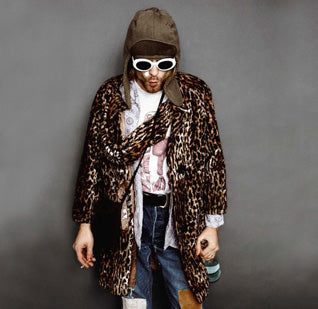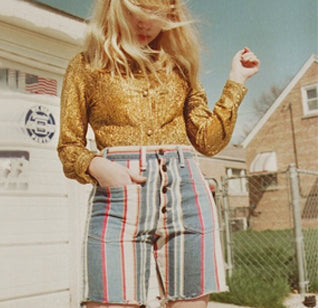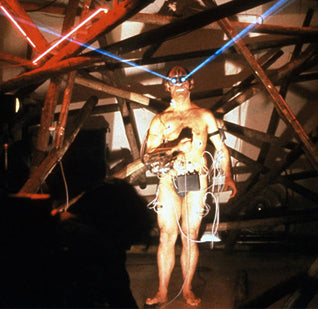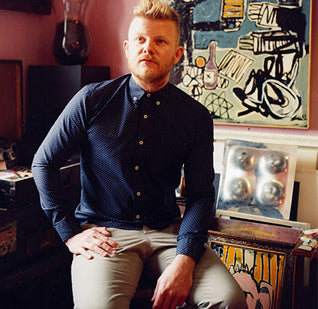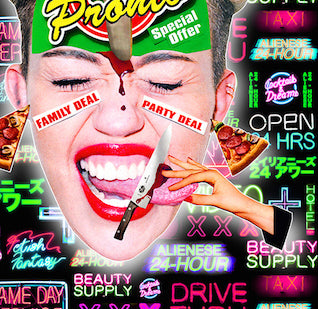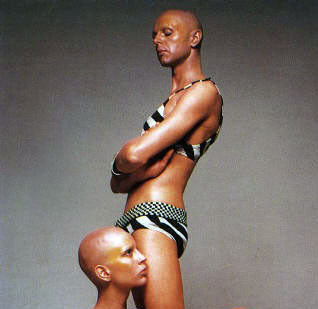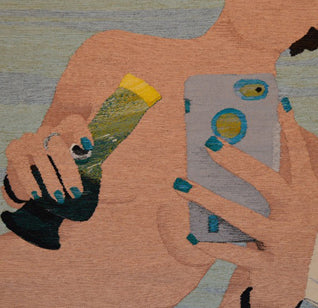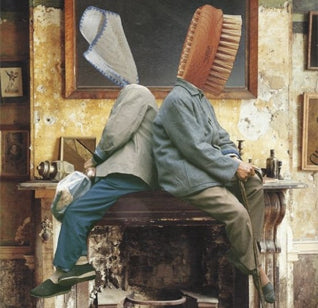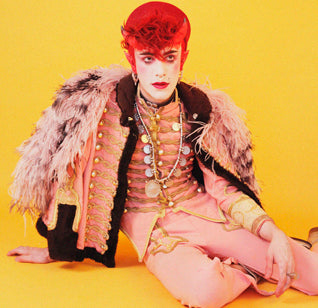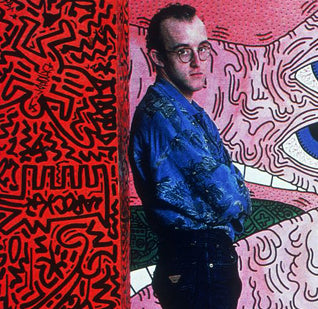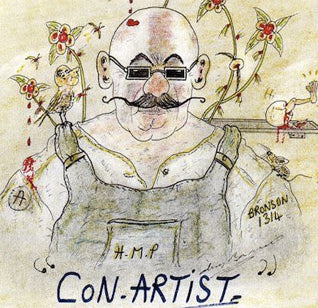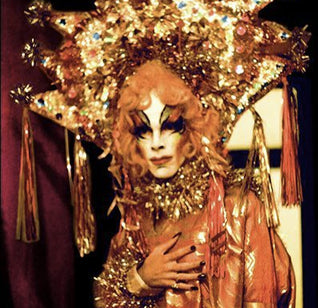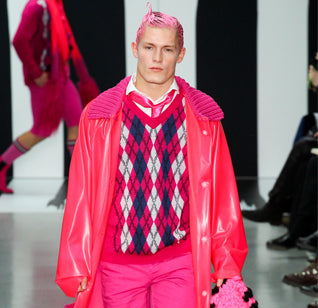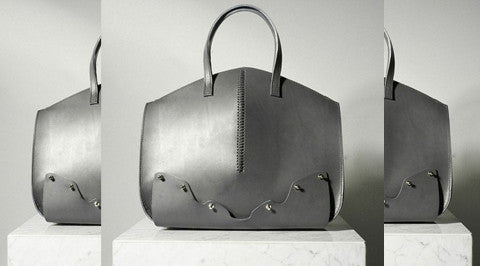ABOUT A GIRL: TEENAGERS IN POP CULTURE
Exploring media fantasies from saints to bad-ass sinners of female youth
by Leah Sinclair
The life of a teenage girl is difficult to define. Existing between childhood and adulthood, it is an important time in a girl’s life, which is constantly plagued with images trying to tell them what girlhood is. Simone de Beauvoir dedicated two whole chapters to this in ‘The Second Sex,’ exploring the formative years of young girls socialized in society. Russian author Vladimir Nabokov created a controversial depiction of girlhood through the character of ‘Lolita,’ and bands like The Crests expressed their love for teenage girls in songs like ‘Sixteen,’ singing questionable lyrics like ‘You're only sixteen / But you're my teenage queen’. From the 20th century to the present day, western culture has expressed a desire to define young females, and often uses creative industries to do so. From the pages of classic novels, to the cinema screen — this oxymoronic view of girlhood continues to both celebrate and exploit.

Actress Dakota Fanning fronts Marc Jacobs fragrance campaign, 2011 captured by Juergen Teller.
Media portrayals of the teenage girl often associates them with one stereotype or another, as an effective way of identifying one type of girl to the next. Take ‘the saint vs the sinner’ complex — girls who are either identified as pure, virginal ‘saints’ or bad-ass, raising hell ‘sinners’. These two labels of girlhood link to Sigmund Freud’s ‘Madonna-whore complex’ which categorizes virginal women from the risqué bad girls and continues to influence modern culture. This psychoanalytic theory is seen predominately in film, from teen flicks like ‘She’s All That’ to ‘Cruel Intentions’, and plays a large role in creating a systematic cycle of clichés placed upon young girls, which sexualizes and infantilizes them all at once.

Left: Cover of Rookie Yearbook One, edited by Tavi Gevinson, 2012. Right: 12 year old child model Thylane Blondeau covers French Vogue, 2011.
In 2011, actress Hailee Steinfeld starred in Miu Miu’s autumn/winter 2011 ad campaign. At fourteen years old, Steinfield was at the centre of controversy, as the ads were deemed ‘irresponsible’ by The Advertising Standards Authority. This trend of young girls placed at the forefront of high fashion continued, with Dakota Fanning for Marc Jacobs’ ‘Lola’ fragrance campaign, to the highly published French Vogue shoot with 10-year-old model Thylane Blondeau. While each of these ad campaigns created controversy, they took on the stereotype that girls want to appear older, highlighting representations of girlhood, which have always existed in mainstream media. Whether it’s the literary character of Lolita or a pop culture figure like Kylie Jenner – society ultimately tells us that girls just wanna be adults, and these images which influence a generation of girls continue to do just that.

Willow Smith is featured in Teen Vogue, August 2014.
While girlhood has often been explored in controversial ways, we are now ushering in a new era, which is questioning and rejecting these stereotypes, and broadening beyond what we have grown to know so well. Taking ideas from third wave feminism and the girl power movement of the 1990s, this new approach to girlhood combines that with our social media culture to explore the complexities of girlhood, which refuses to be categorized by the media. In fact, it welcomes all aspects of girlhood — the stereotyped and the underrepresented. With 53% of social media users being girls, and 73.7% of girls between 15-25, social media plays a large role in this changing perception of girlhood, and we are beginning to see a crop of young girls pushing this cultural shift forward.

Hailee Steinfeld stars in the Miu Miu campaign, 2011.
Generation Z-ers like Willow Smith and Amandla Stenberg are setting a trend for creatively free, socially conscious girls, finding themselves and their voices amongst the chaos. Girls like Tavi Gevinson with smart inquisitive minds and savvy business acumen are being celebrated for creating something tangible and inspirational for other girls like Gevinsons’ Rookie Mag. Or probably the most inspirational of them all — girls like Malala Yousafzai who are utilizing their girlhood to question, protest and fight for their rights. These girls are taking their rightful place in society and being celebrated for embracing all aspects of being a teenage girl, with no labeling necessary.

Reese Witherspoon and Sarah Michelle Gellar star in Cruel Intentions, 1999.








